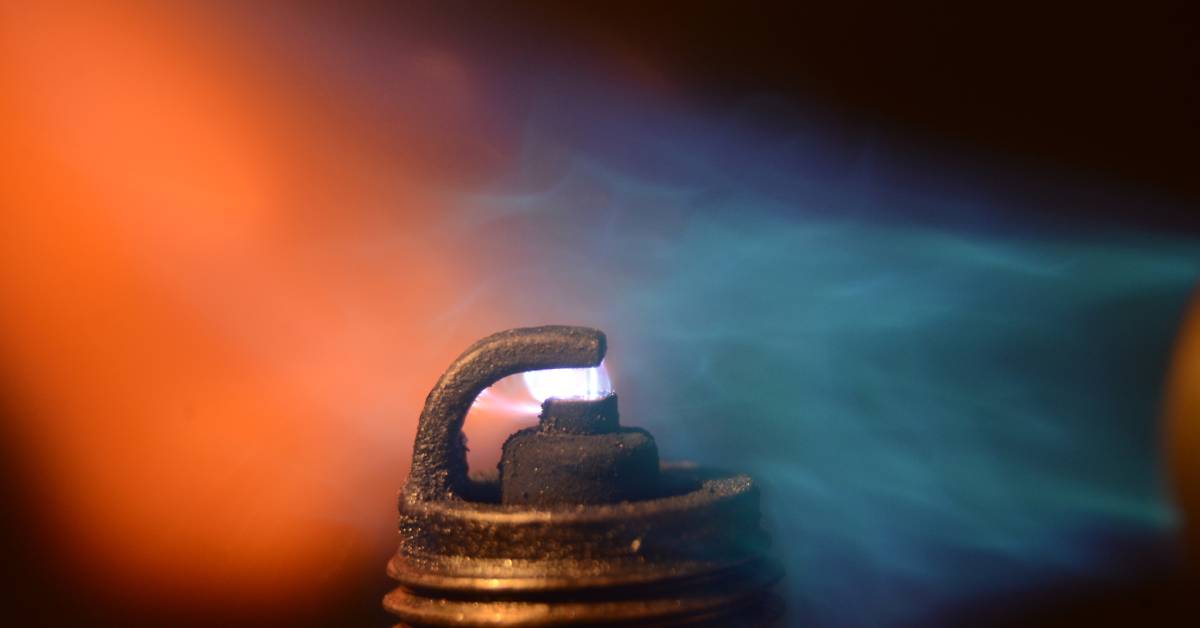
Yes, for most riders, lithium motorcycle batteries are worth the price. Invented in 1859, the rechargeable lead-acid battery has been around for as long as the motorcycle. Nonetheless, as good as they have been, there are several shortcomings when the traditional wet lead-acid battery is compared to today’s lithium iron phosphate or LiFePO4 motorcycle batteries. For starters, the lead-acid battery in your motorcycle has a give and take relationship with vehicle’s electrical system. When your two-wheeler or favorite powersports vehicle is sitting in your garage, there is a slow but steady self-discharge. Unfortunately, a lead-acid battery can lose a significant amount of its charge even though there is no draw on the battery. Although most manufacturers advertise a life expectancy of five years for a lithium motorcycle battery, proper maintenance can significantly increase the how long it lasts.
Any serious rider knows the weight that is located higher up on a motorcycle’s frame is going to negatively affect the handling of the bike. It doesn’t really matter, if you are an off-road racer or pavement-hugging road enthusiast, the lower the center of gravity the better the bike will feel when changing directions. So, cutting just a few pounds off the sprung weight can make a noticeable difference. Most lithium motorcycle batteries weigh much less than their lead-acid counterpart. In fact, you can buy lithium batteries that offer 50% to 70% weight savings, which is ideal for racers seeking a maximum weight advantage. Not only are lithium batteries lighter in weight and have a slower discharge rate, but they also perform better in cold weather.
Although cold-weather performance may not be a concern for someone living in a more temperate climate, a lead-acid battery will lose about 50% of its capacity at freezing temperatures (32 degrees Fahrenheit or 0 degrees Celsius), whereas lithium motorcycle batteries only lose about 10% of its optimal performance. It should be noted that a lithium battery has to be woken up, so it may take a few seconds to respond to your request, but it won’t run out of juice and leave you high and dry. A lithium motorcycle battery has a much slower self-discharge rate, but most modern bikes draw some power even when parked or stored. It is important that lithium cells not be allowed to discharge too far, or they can be permanently damaged.
No doubt, a lead-acid battery is a great regenerative power source that can continue to give its rated power as long as you recharge it soon after discharge. If not, internally it essentially breaks up every single lead-sulphate atom inside the discharged battery and converts it back to acid. Perhaps the most significant factor in favor of lithium motorcycle batteries is their higher power density when compared to traditional lead-acid batteries. A motorcycle battery made with LiFePO4 technology (also known as Lithium Iron Phosphate or Lithium Nano Phosphate) has four 3.2-volt cells in series that add up to 12.8V and can be charged to 14.4V. However, before you replace your dead lead-acid battery, check your bike’s onboard charging system. There might be an undetected problem, especially on an older powersports vehicle, that caused the lead-acid battery to fail.
Check out the complete line of E3 Lithium Batteries in our online store. As the economies of scale come into play, you will be seeing more OEM fitment of the latest in battery technologies. Currently, lithium batteries are being homologated for top tier racing motorcycles from crotch rockets to motocross bikes. If you don’t find the E3 lithium motorcycle battery you’re searching for, give us a call or use one of our website’s submit forms for a prompt response.







